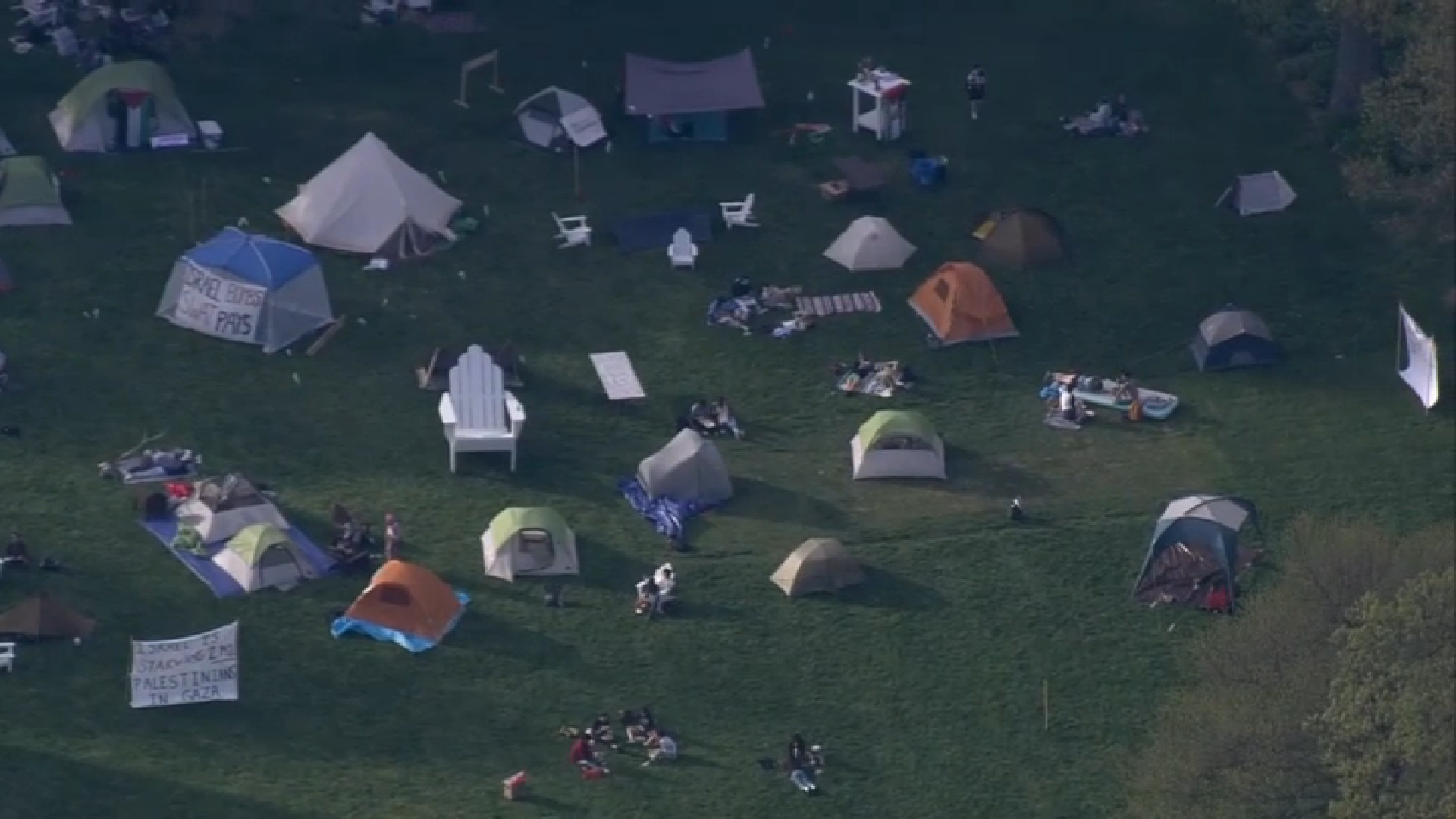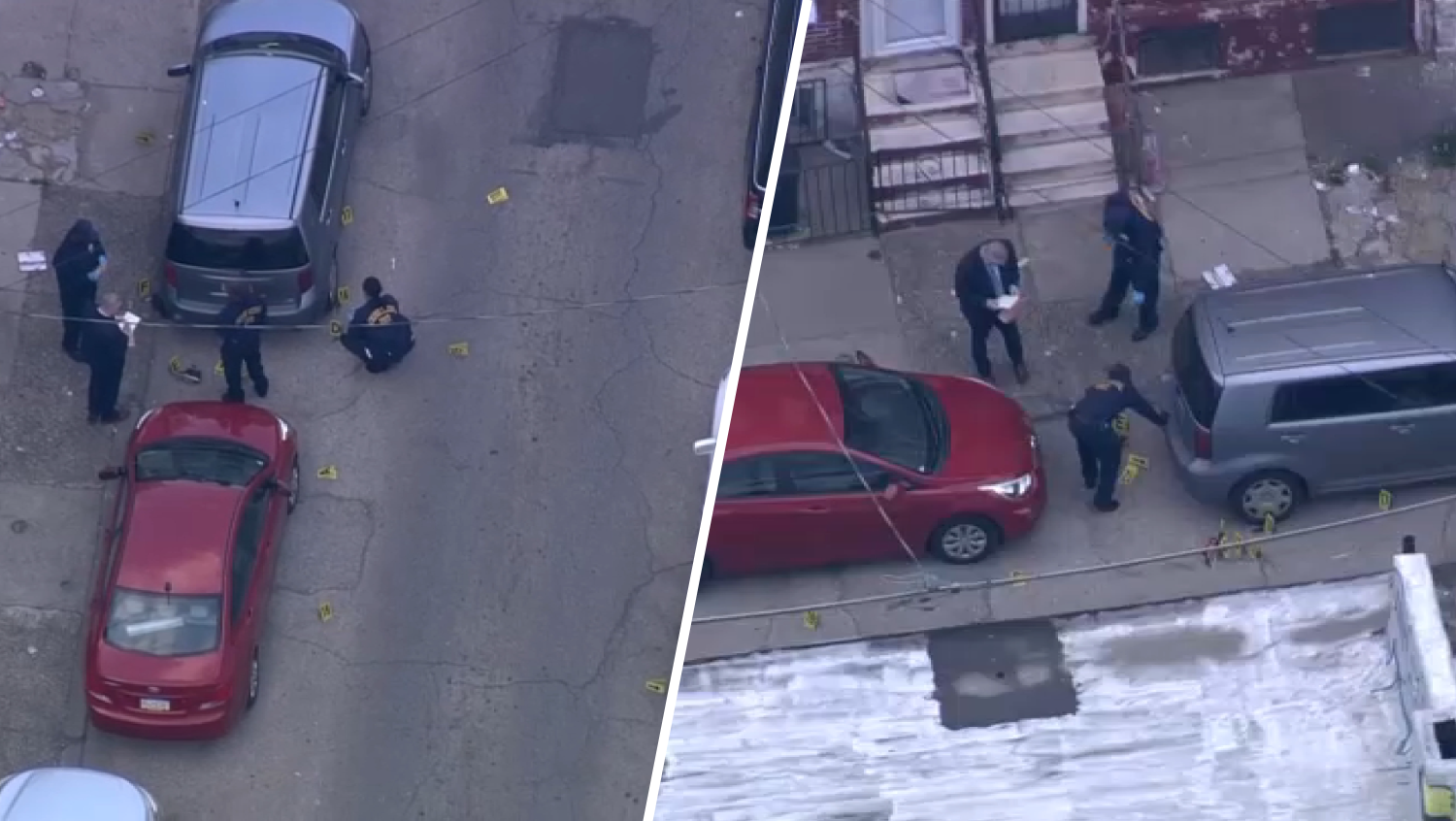Cleaning up vacant lots and closing off abandoned buildings in the most violent neighborhoods of Philadelphia will become a priority of the city this summer as an attempt to lower crime.
That step is one of several highlighted during a nearly two-hour City Council hearing Wednesday that featured Philadelphia's top crime-fighters, including the police commissioner and district attorney.
The hearing was held as City Council worries about a spike in violence as the summer begins, according to several lawmakers who lead the meeting. Shootings and homicides are up 10 percent this year compared to 2018, according to police statistics.
Police Commissioner Richard Ross and District Attorney Larry Krasner shared a table in front of City Council at one point, with each listing numerous ongoing initiatives to lower violent crime.
But one of the Kenney administration's biggest focuses this summer and through the rest of the year will involve "blight remediation," according to David Perri, the commissioner of the Department of Licenses and Inspections.
Perri's department "will be leading the adminstration’s efforts to identify and remediate blight In sections of the city that are experiencing high rates of gun violence," he said.
"Multiple studies, including research recently completed by the University of Pennsylvania and Columbia University, indicate a strong correlation between blight remediation through cleaning and greening and a reduction in violent crime in the targeted areas," Perri said.
Local
Breaking news and the stories that matter to your neighborhood.
The "cleaning and greening" will be concentrated on just 1.5 square miles of Philadelphia, a tiny portion of the overall land mass, but designed to make sure the effort is particularly noticeable to the residents there, Perri said.
The remediation will include four key ingredients:
- Sealing of vacant properties
- Demolition of unsafe buildings
- Cleaning up and fencing off empty lots
- Adding faux windows and doors onto abandoned properties
A spokeswoman for Licenses and Inspections did not respond to requests for specific locations or details about how many properties could be rehabbed.



